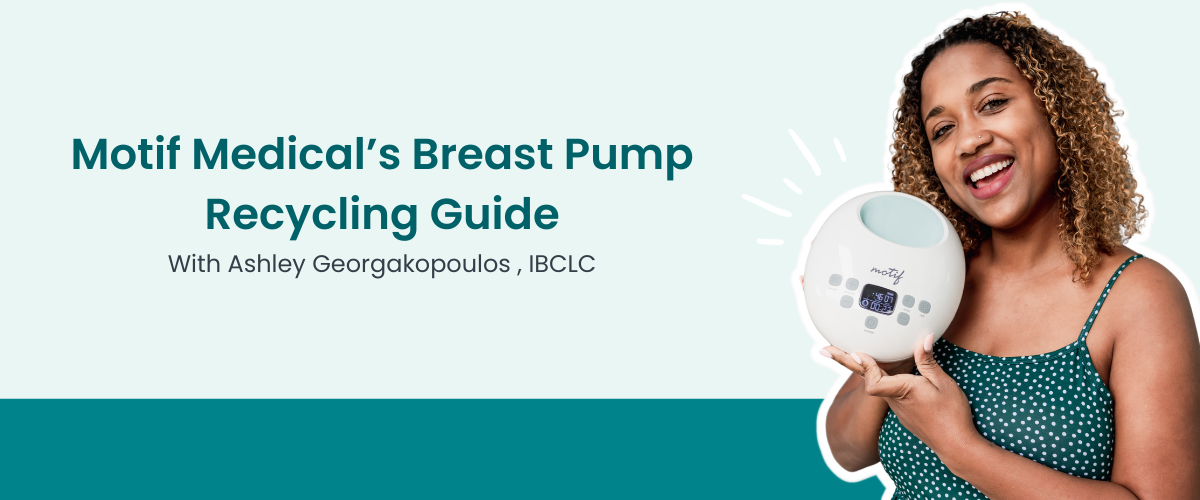There are a variety of reasons why supplementation to breast milk may be needed. Supplementation may look different, too. It could be pumping in between breast feeding opportunities at the breast for your little one, or using baby formula if breast milk supply is difficult to achieve. For some new moms, it is a temporary chapter to fill in a gap in caloric needs, while others may need to supplement their breast milk supply the duration of their time lactating. And that is ok! This is a delicate subject, I know. In terms of a full-term, otherwise healthy baby, this cycling as described below is mostly the reason why breastfeeding does not work out to the mother’s expectations.
New mom feels she is not producing enough milk when she breastfeeds or the amount of breast milk is not adequate
→ Gives a bottle of formula to the breastfed baby to “top off baby”
→ Baby overeats and falls asleep
→ Their stomach has stretched and is full, causing them to sleep/skip through next feeding
→ Baby is now spending less and less time at the breast
→ Less breast milk is produced → Mom and baby are frustrated at the breast
→ Further convincing mom her milk supply was not satisfactory on its own or she had low milk supply, and perhaps creating the very issue that may have not been initially present.


Examples of reasons leading to supplementation:
- Separation after birth or for any unplanned stretch of time
- Poor latch, shallow latch; signs including clicking, milk leaking from mouth, nipple damage or misshapen, frequent letting go or inability to stay latched consistently throughout feeding duration
- Hemorrhaging or severe blood loss leading to prolonged milk transition and maturation
- Unaddressed and unmanaged hormonal issues, such as polycystic ovarian syndrome (PCOS), gestational diabetes mellitus (GDM), hypo-/hyperthyroidism
- Scheduling feedings, especially too strictly/spaced out; not feeding on demand the first 4-6 weeks
- Sleep stretches exceeding 4 hours
- Constricting clothing and bras
- Severe dehydration
- Missed feeding opportunities at the breast not replaced by a session with a breast pump; seen often when other members wish to help feed via a bottle.
- Breast reduction that have removed too much glandular tissue
- Breast augmentation and other surgeries that may have damaged ducts or nerves
- Insufficient glandular tissue developed during puberty
Breast Milk Supplementation
Over 90% of the time, there is not a medical need for supplementation¹. If the baby is having ALL opportunities to go to the breast: no time restraint, no routine stopping them from completing a feed, baby needs and baby’s early feeding cues are acknowledged… truly feeding “on demand”- milk supply adjusts to keep up.
Behind the Breastmilk Supply
The woman’s body is trusted to sustain a baby’s growth throughout the pregnancy. We are not inherently designed to not be able produce enough food just because the baby is now born. Breastfeeding is designed for small and frequent feedings, which is not always understood or known by families, and even some medical providers. The body’s goal is to produce enough milk for the baby it has just made, or enough for multiples.
Obstacles get in the way of that design, and supplementation or formula-feeding becomes the answer, or a bandaid, that too often does not get the instructions on how to get back to exclusivity, and how to protect milk supply.
Normal infant behavior and feedings should be better understood and communicated without pressure of a schedule or pacifier. Any struggles should be addressed and deferred to a lactation professional.


Feedback Inhibitor of Lactation
There is a brilliant protein called, “FIL” – feedback inhibitor of lactation. This protein communicates as a stopper when the milk storage in the breast tissue is full, but also as a usage gauge, calculating milk supply needs². If you skip a feed for bottle feeding or wait to feel full, this protein sends signals to the brain to say the breast is full, so do not send milk production signals at this moment. When the breast has been fed from or expressed, the protein does the opposite. Emptied breasts make more milk faster.
In other words, a mother should not wait to feel full of milk to offer the breast. If feeds are prolonged or bottle feeding is needed, breastmilk still needs to be expressed for that feeding to tell the body milk is still used and needed. This is typically every 2 to 3 hours, oftentimes even more frequently and absolutely no longer than 4 hours, to establish and maintain long-term supply needs.
There may be many reasons why someone has dabbled into supplementing, but as long as mothers have an informed plan, whether to return to exclusively breastfeeding (as WHO recommends for up to 6 months) or continue the supplemental feeds, or decide to express exclusively by pump- this is HER breastfeeding journey. IBCLCs are great for this type of planning and educational resources, giving the power and decisions back to the mother.
When to Supplement Breast Milk
For those who have problems, regardless, in producing enough milk- insufficient glandular tissue and hormonal conditions that put moms at risk, or difficulties in the infant’s ability to eat, there is certainly the need for supplementation and is what allows mothers to be feed their babies, while still offering breastmilk, where able.
Formula is a useful tool, and when used appropriately, can help buy time for the mother to get help with breastfeeding. Other tools, such as SNS (supplemental nursing system), can be a wonderful way for babies learning to suck and latch. Mothers need professional support, education and resources during this time.
If you find yourself needing help, schedule an appointment today with a pediatrician, lactation consultant and/or IBCLC.


Resources
Gatti L. Maternal perceptions of insufficient milk supply in breastfeeding. J Nurs Scholarsh. 2008;40(4):355-63. doi: 10.1111/j.1547-5069.2008.00234.x. PMID: 19094151; PMCID: PMC4508856.
Infant and Young Child Feeding: Model Chapter for Textbooks for Medical Students and Allied Health Professionals. Geneva: World Health Organization; 2009. SESSION 2, The physiological basis of breastfeeding. Available from: https://www.ncbi.nlm.nih.gov/books/NBK148970/








